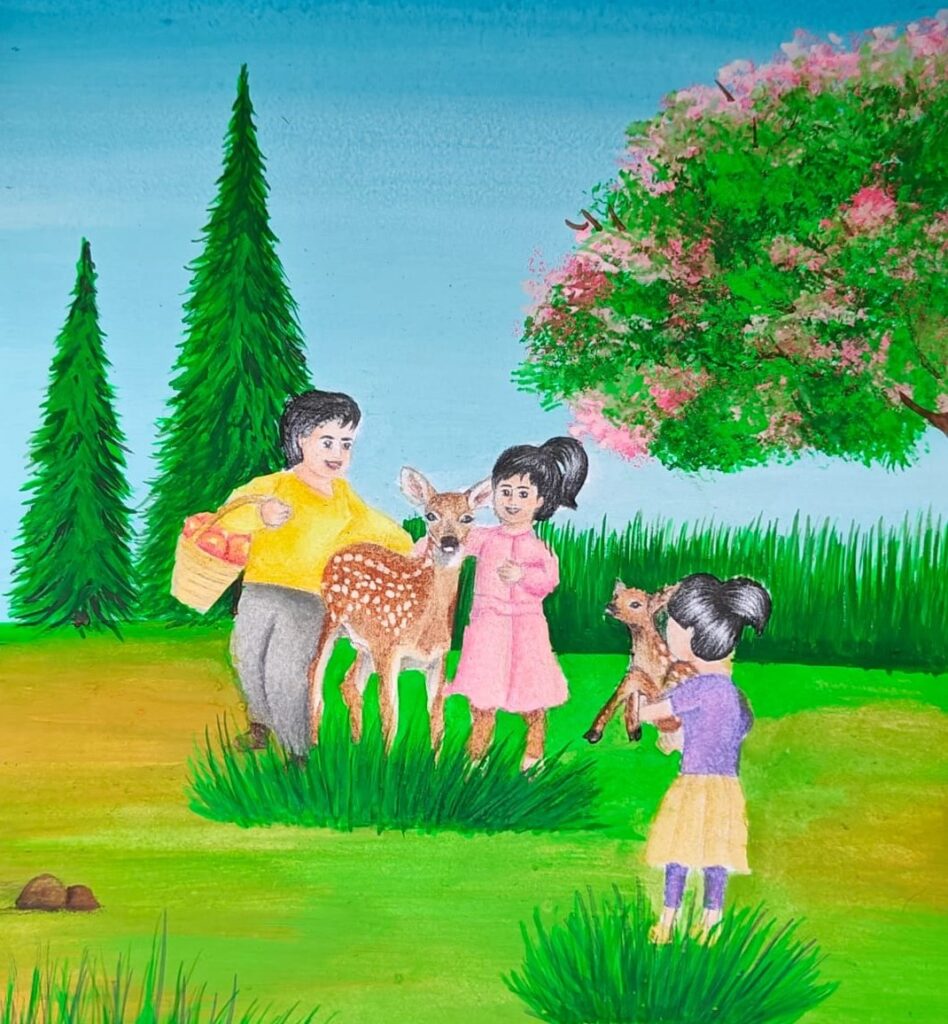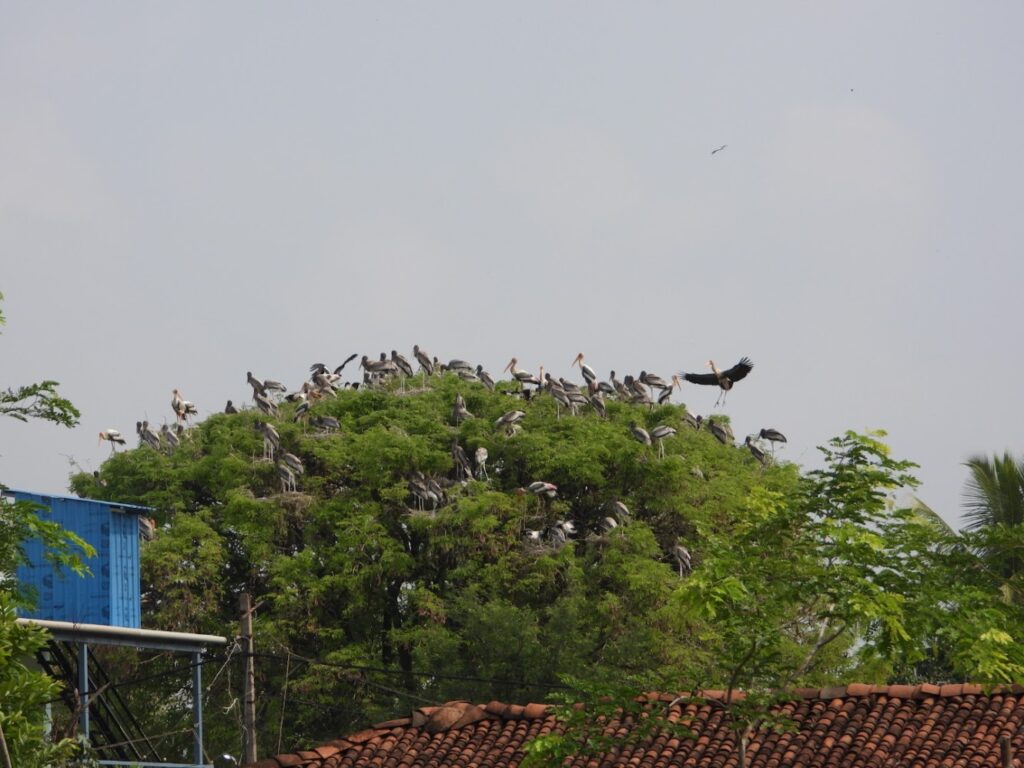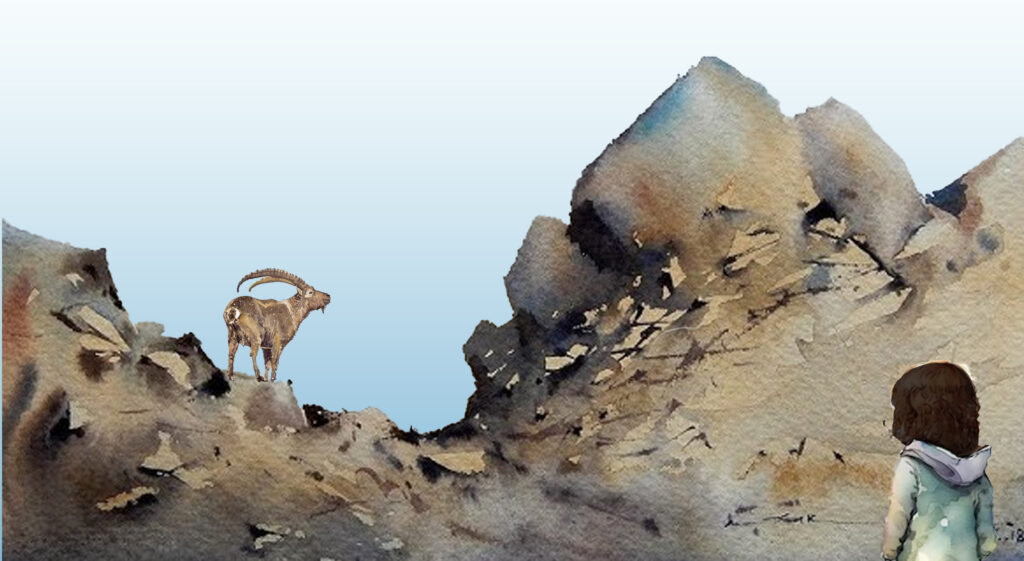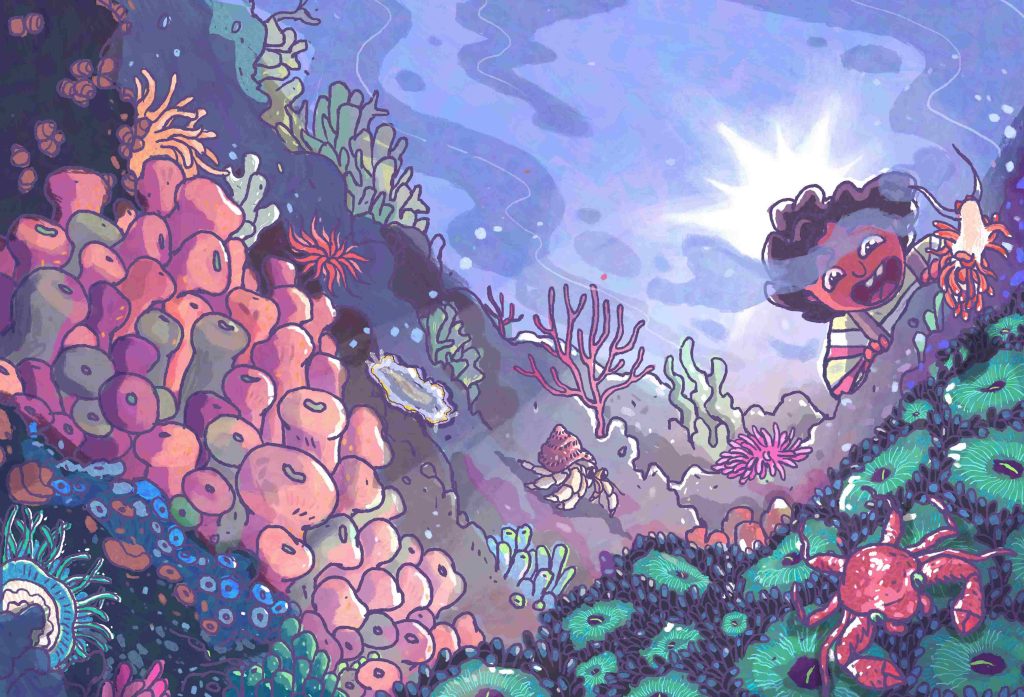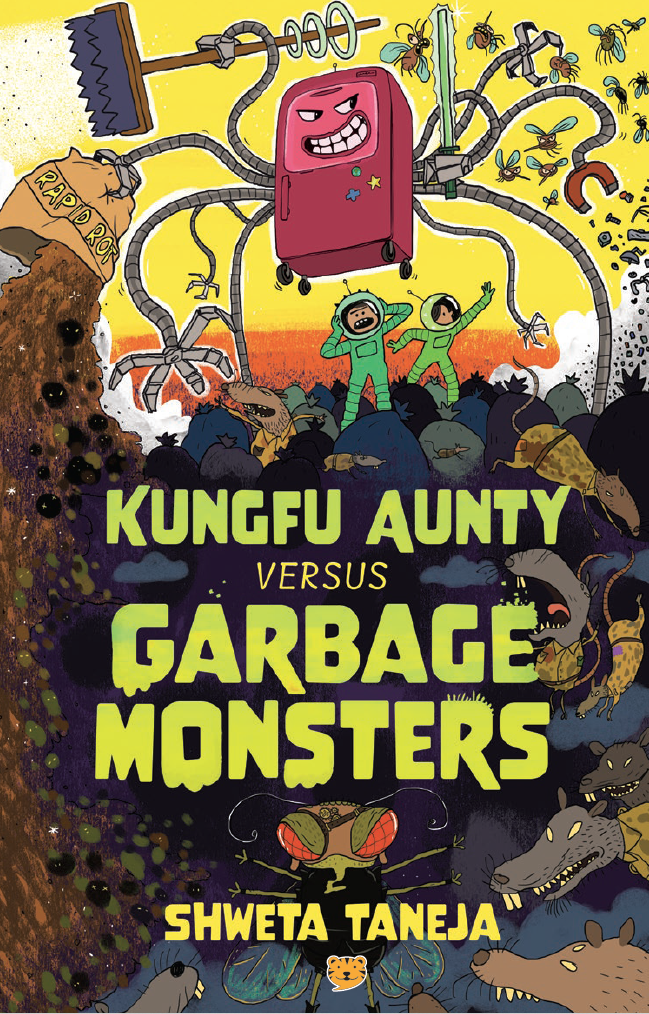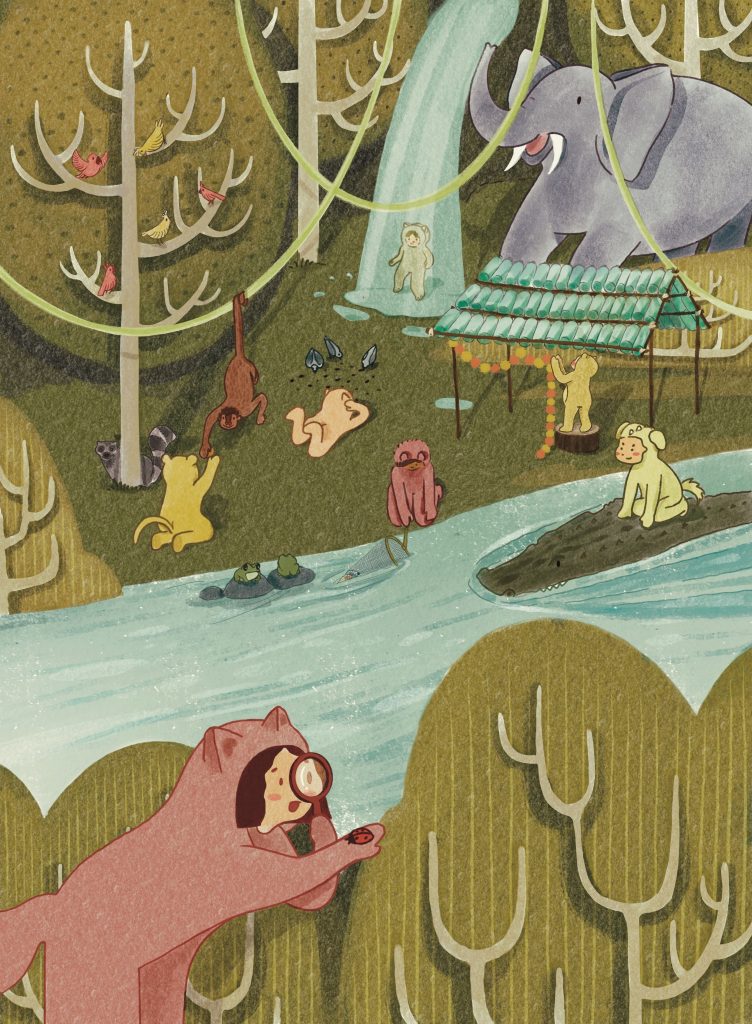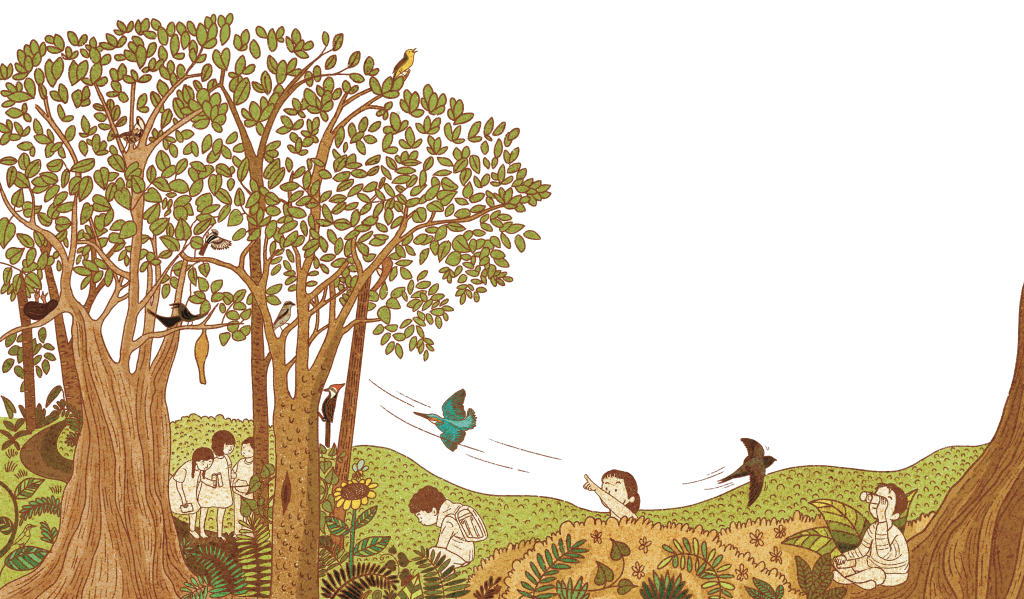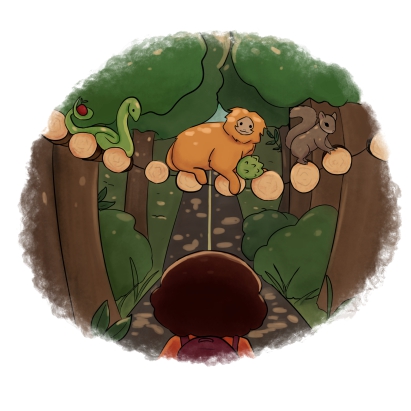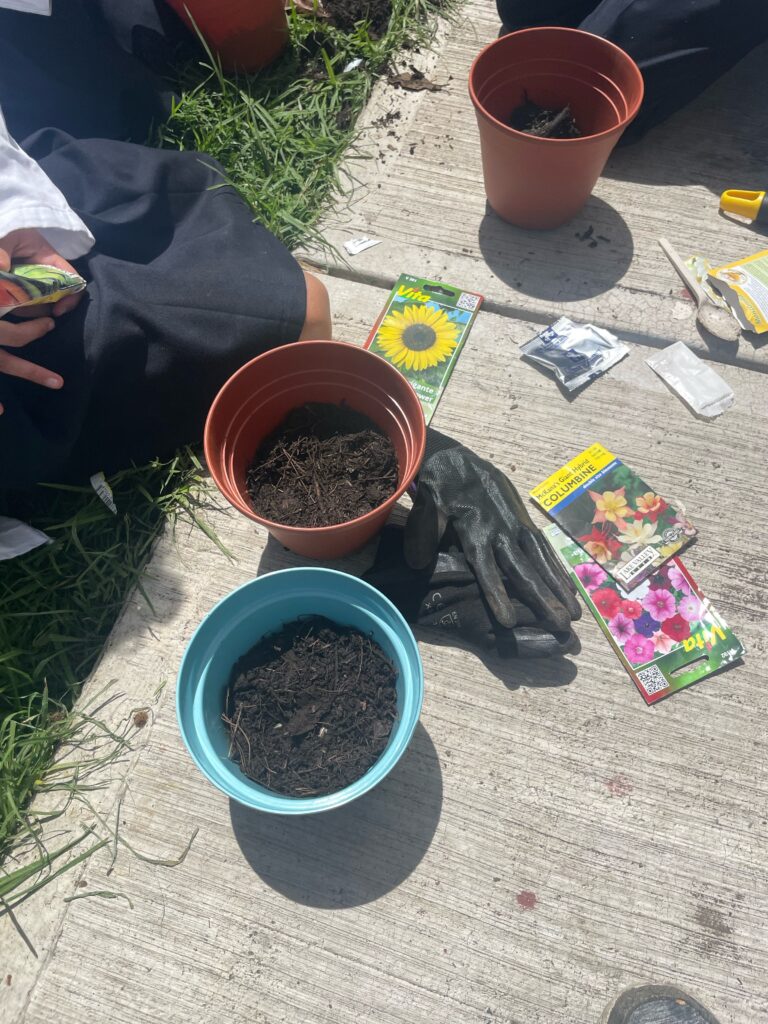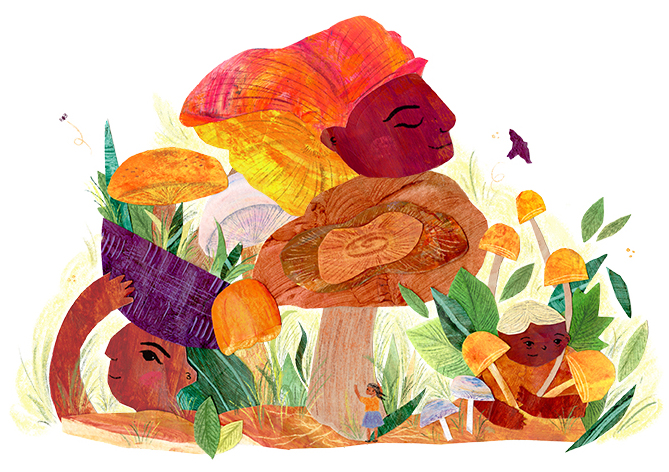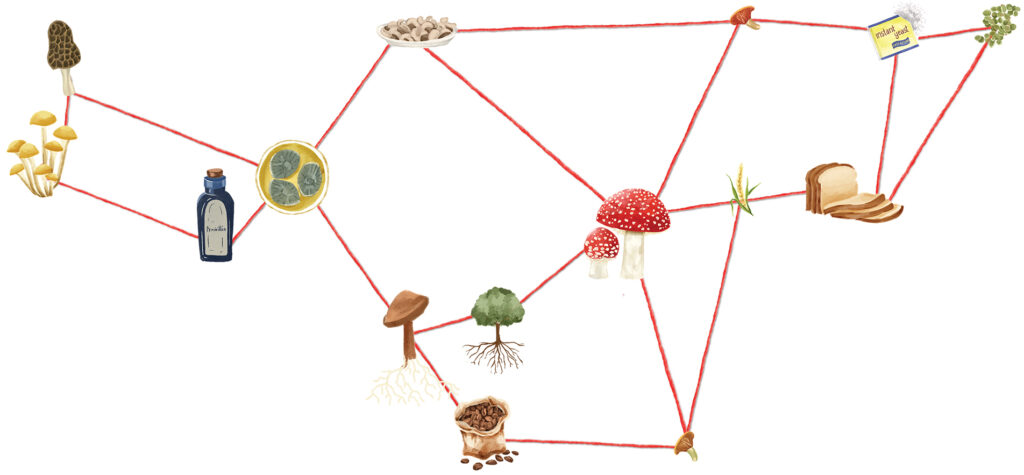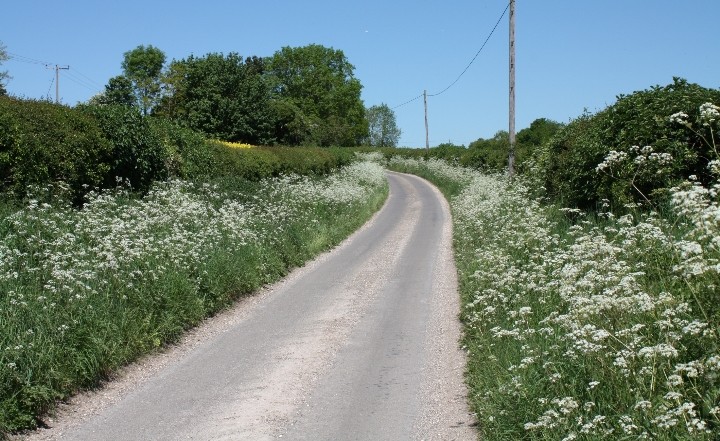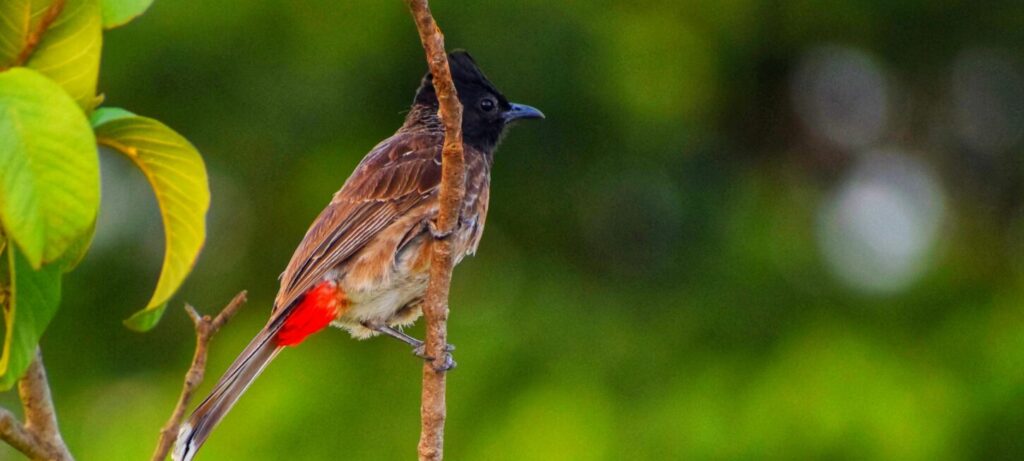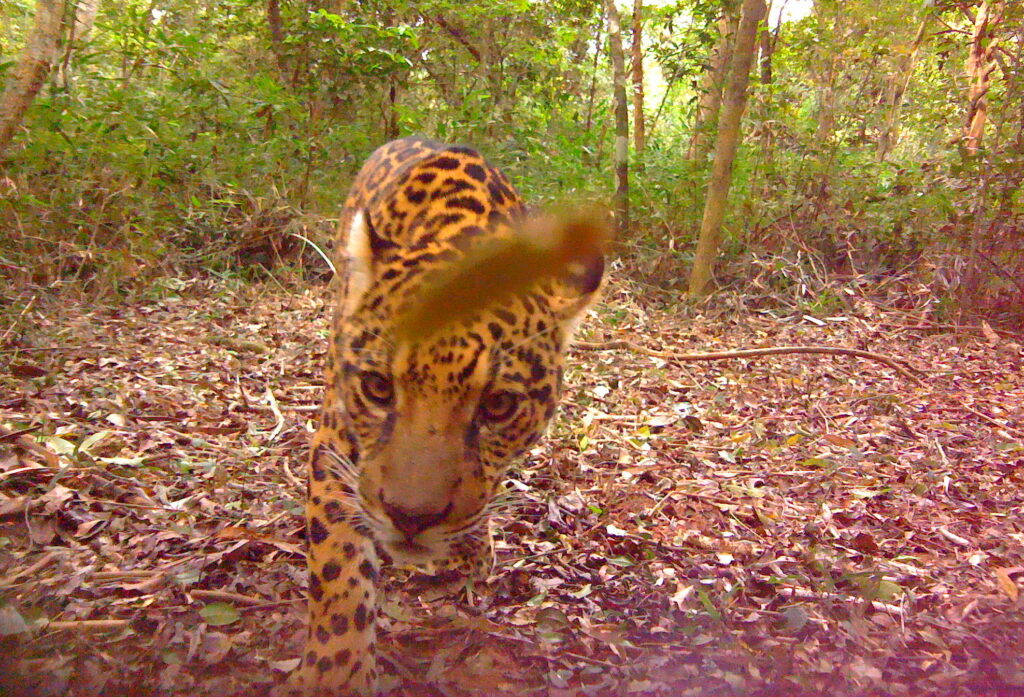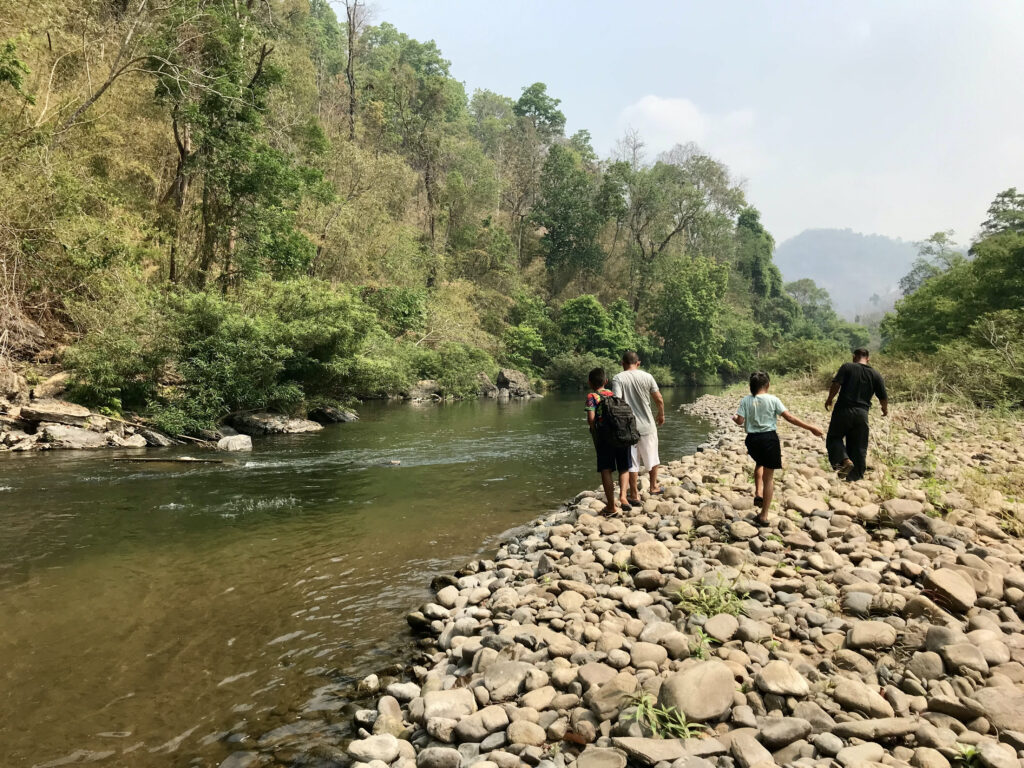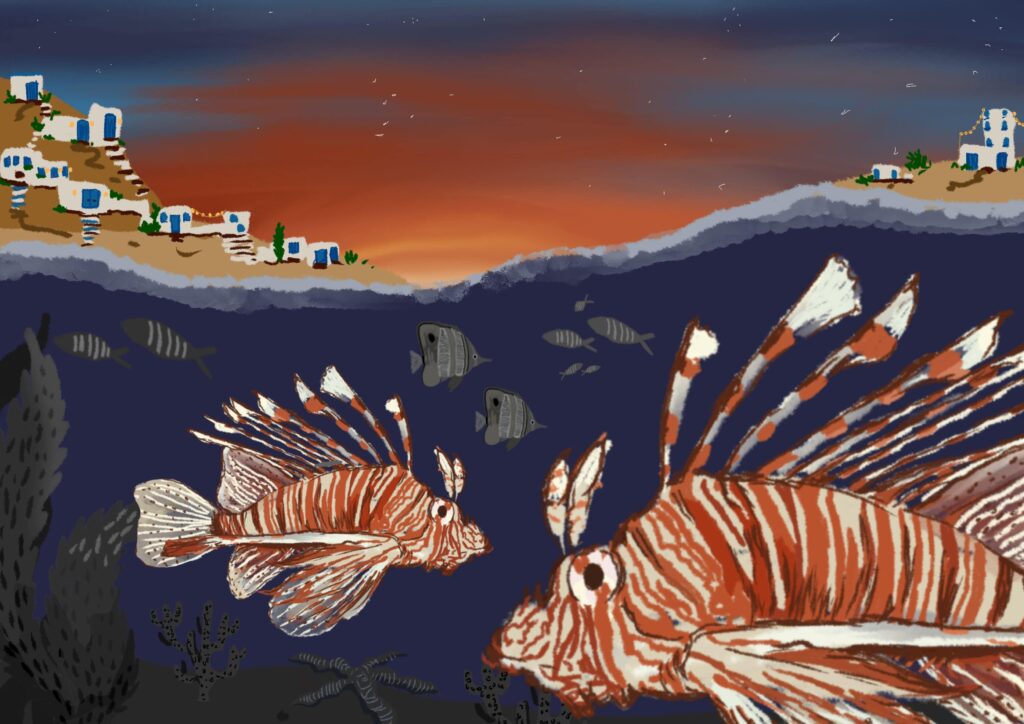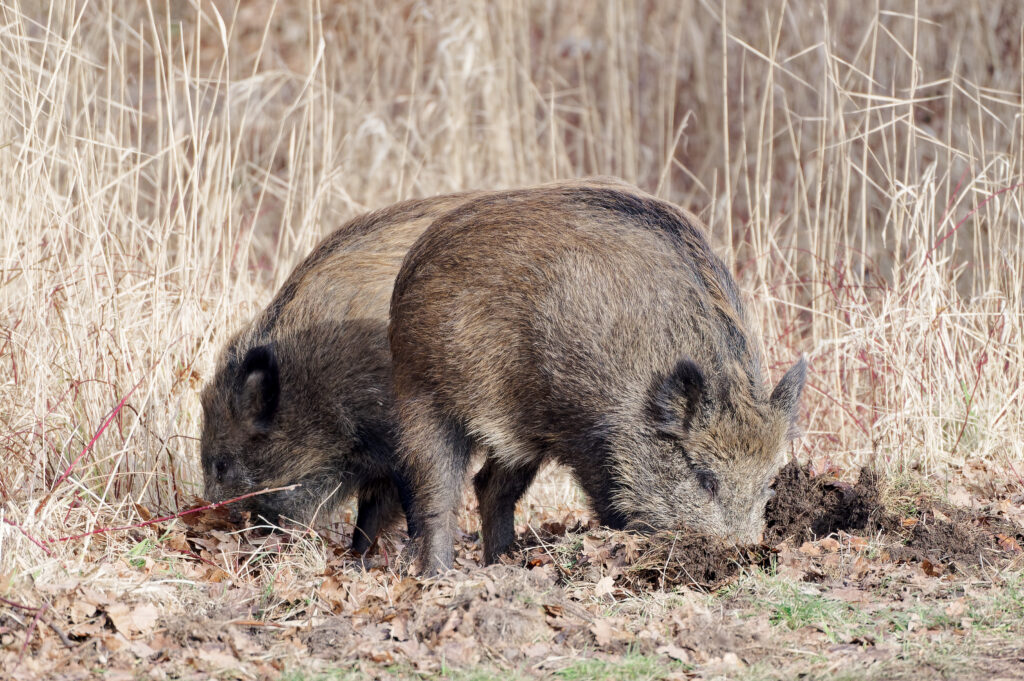common names
Common cleaner-fish
Bridled beauty
Gadfly fish
Janitor fish
scientific name
Labroides dimidiatus
distribution
Tropical and temperate waters of the Indo-Pacific ocean. A well-known species on the great barrier reef in Australia.
habitat
Coral reefs
diet
L.dimidiatus feeds on parasites and mucus which it removes from the scales, mouths and gills of other larger species of reef fish, called ‘clients’.
fact file
The relationship between L.dimidiatus and its ‘clients’ is called a mutualism. This means that both the cleaner-fish and client get something from their relationship. The cleaner-fish gets food, and their clients have their parasites removed. This improves their health and increases their chances of survival. The process also appears to feel good, perhaps like gentle tickling.
Cleaner-fish establish territories, called cleaning stations, from which they provide their services. Their clients know where these stations are, and visit them when they need a clean.
Although providing an important service for their clients, L.dimidiatus also takes the opportunity to cheat when possible, picking mucus instead of parasites from their client’s scales. Scientists think this mucus may provide the cleaner-fish with protection from ultraviolet sun rays, as well as with a nutritious meal. Even fish need to wear sun screen when the sun is fierce. However, removing the mucus doesn’t get the client fish much cleaner, so they prefer their cleaners to stick to the parasites.
client species
Spiny chromis damselfish
Acanthochromis polyacanthus
Females lay very large eggs, embryos develop slowly for damselfish, making the young very well-developed when they hatch. Both parents look after the young for a surprisingly long period once they emerge from the eggs.
Slingjaw wrasse
Epibulus insidiator
When males of this species are trying to impress the females and find a mate, they can actually change their color, becoming brighter. If disturbed from their displays, they can quickly switch back to their usual color pattern.
Black-backed wrasse
Anampses neoguinaicus
This carnivorous fish usually lives in small groups of females, and is accompanied by a single male. Black-backed wrasse is what scientists call a protogynous hermaphrodite. All individuals start off as females, but when the male in the group dies, one of the females changes her sex, becoming the dominant breeding male.
Epaulette shark
Hemiscyllium ocellatum
This shark grows to just over a meter in length, and can be found in waters as shallow as 15cm. They can survive even when oxygen levels in the water are very low, lowering their blood pressure by 50% to maintain blood-flow to their brains.
Blunt-head parrotfish
Chlorurus microrhinos
This large and colourful fish grows up to 80cm in length, forms schools of up to 40 individuals and can live for 15 years.
eviction notice!
In December 2015, the Queensland state government gave the go ahead for the expansion of a coal port at Abbot Point. Although there are measures in place to protect the coral and the life it supports, these restrictions may not stop the damage. Adani Mining, argues that the control measures are sufficient and the expansion will create 10,000 jobs and deliver $AUD 22 billion in taxes and royalties.
Although some development work has begun, the mining projects, are currently being held up by opposition and legal challenges from groups representing aboriginal land-owners, the United Nations, and environmental groups.
